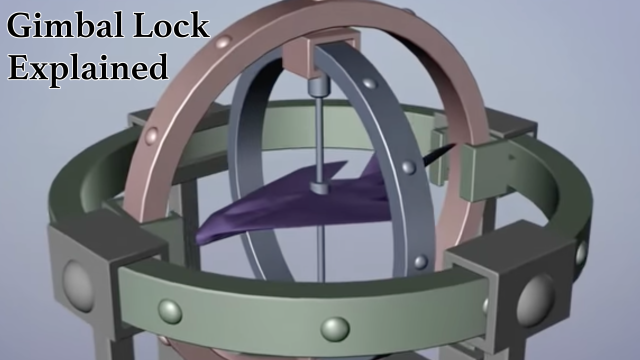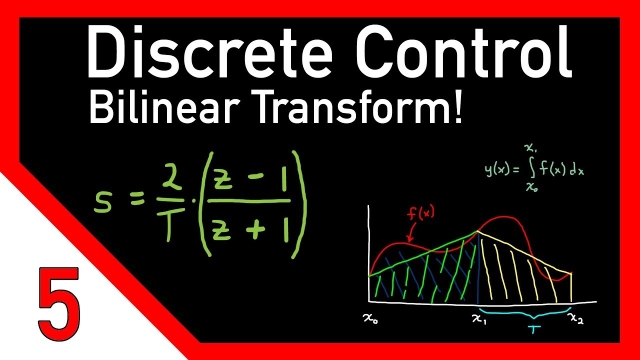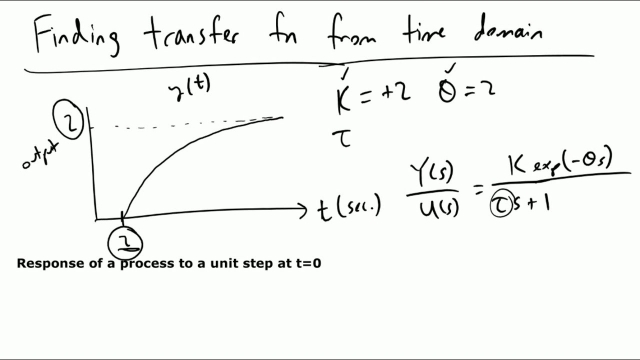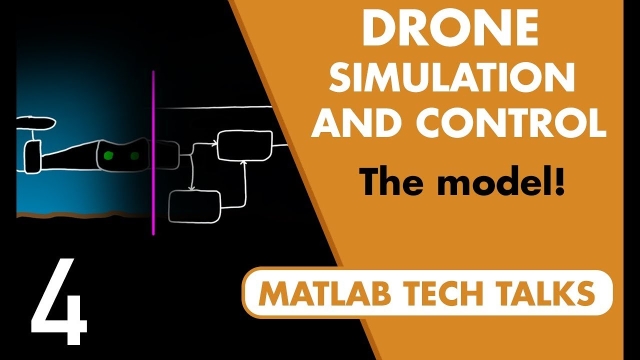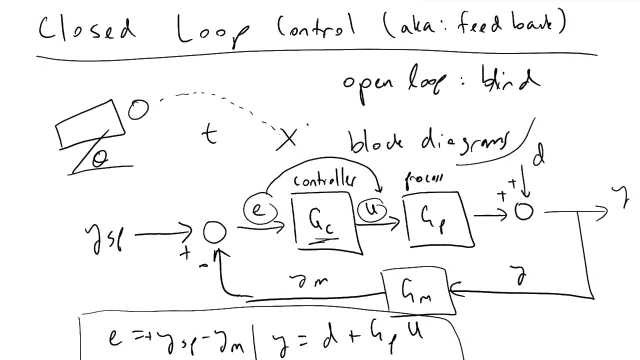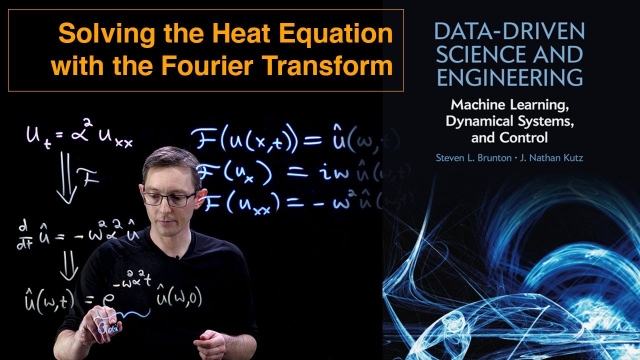
Fourier Series: Part 1
This video will show how to approximate a function with a Fourier series, which is an infinite sum of sines and cosines. We will discuss how these sines and cosines form a basis for the...
See MoreSecond Order Dynamics Example
How will a second order process respond in the time domain when subjected to a unit step input? What other behaviors can we expect to see and why? Tune in to...
See MoreFuzzy Logic, Part 3: Design and Applications of a Fuzzy Logic Controller
This video walks you through the process of designing a fuzzy inference system that can balance a pole on a cart. You can design a fuzzy logic controller using just experience and intuition...
See MoreLecture 24: Stability using Bode plots
Peter Ponders PID - KalmanFilters, Alpha-Beta-Gamma filters
Lecture 27: Lead Compensator Design using Bode plots
A Nonlinear, 6 DOF Dynamic Model of an Aircraft: the Research Civil Aircraft...
In this video we develop a dynamic model of an aircraft by describing forces and moments generated by aerodynamic, propulsion, and gravity that act on the ai...
See MorePeter Ponders PID - System Identification Advanced
Humans, Robots, and Non-Prehensile Manipulation
This is a fun video that was inspired by a presentation I saw at the 2015 International Conference on Robotics and Automation (ICRA). I wanted to see if humans could duplicate the...
See MoreLecture 1 Introduction to Automatic Control
Control Bootcamp: Sensitivity and Complementary Sensitivity (Part 2)
Here we explore the sensitivity and complementary sensitivity functions, which are critical in understanding robustness and performance. (Part 2)
See MoreMatrix Completion and the Netflix Prize
This video describes how the singular value decomposition (SVD) can be used for matrix completion and recommender systems.
See MorePractical Implementation Issues with a Full State Feedback Controller
In this video we investigate practical implementation issues that may arise when attempting to use a full state feedback controller on a real system. We ill...
See MorePID Control with Posicast Control 8 - ( In English )
This is the follow up of PID Control with Posicast ( Part II )
See MoreTime domain - tutorial 7: system properties
In this video, we cover system properties. The concept of memoryless, causal, stable, invertible, time-invariant and linear systems is intuitively explained...
See MoreIntroduction to System Stability and Control
This video attempts to provide an intuitive understanding of concepts like stability and stability margin. I briefly describe both of these topics with examples and explain how you can...
See MoreTime domain - tutorial 10: interconnection of LTI systems
In this video, we learn how to connect LTI systems to make a bigger system. The learning objectives are to:1) get familiar with parallel and series intercon...
See MoreControllability, Reachability, and Eigenvalue Placement [Control Bootcamp]
This lecture explains the equivalence of controllability, reachability, and the ability to arbitrarily place eigenvalues of the closed loop system.
See MoreEuler (Gimbal Lock) Explained
In this video we explore Euler Rotations, the most common method for orienting objects in 3d. It's by-product "gimbal lock" can cause headaches for animators because the animated motion can...
See MoreOverview of Dempster-Shafer Theory (Evidence Theory)
This is an overview of Dempster-Shafer Theory (Evidence Theory) that provides an introduction, definition, basic information about combination rules, some issues with the theory, and the...
See MoreDiscrete control #5: The bilinear transform
This is video number five on discrete control and here, we’re going to cover the famous and useful bilinear transform. The bilinear transform is yet another method for converting, or mapping...
See MoreFinding Transfer Functions from Response Graphs
Given a system response to a unit step change, in this video I'll cover how we can derive the transfer function so we can predict how our system will respond...
See MoreDrone Simulation and Control, Part 4: How to Build a Model for Simulation
This video describes how a good model of the drone and the environment it operates in can be used for simulation and test. It shows how nonlinear and linear models are both needed for...
See MoreClosed Loop Feedback Control
Intro to closed loop (feedback) control motivation, theory, block diagrams and block diagram algebra, and PID controllers
See MoreSolving the Heat Equation with the Fourier Transform
This video describes how the Fourier Transform can be used to solve the heat equation. In fact, the Fourier transform is a change of coordinates into the eigenvector coordinates for the...
See More
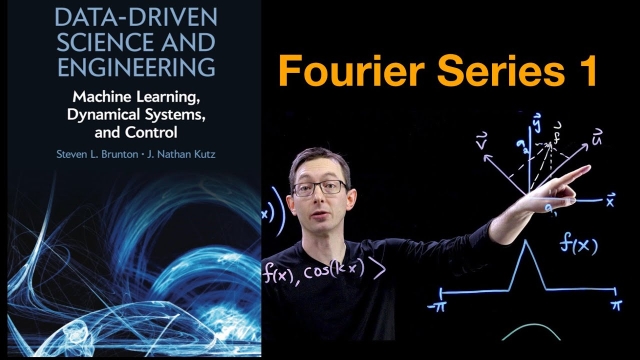
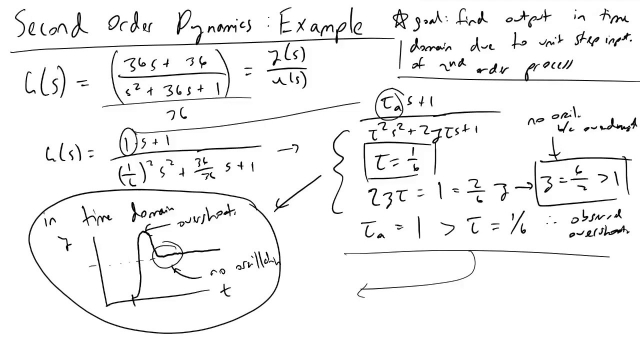
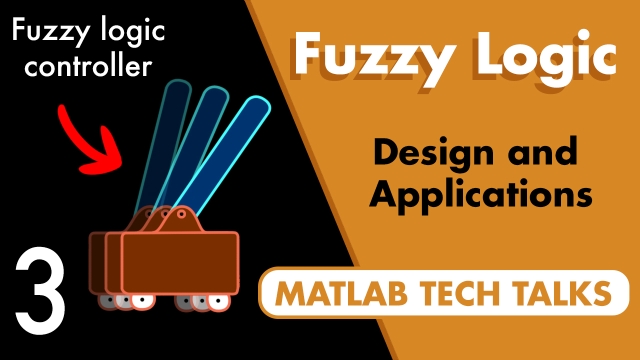
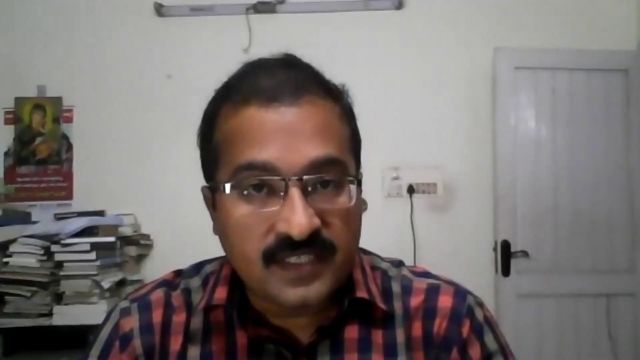
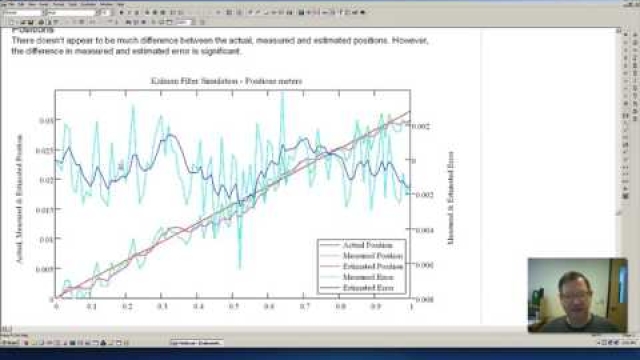
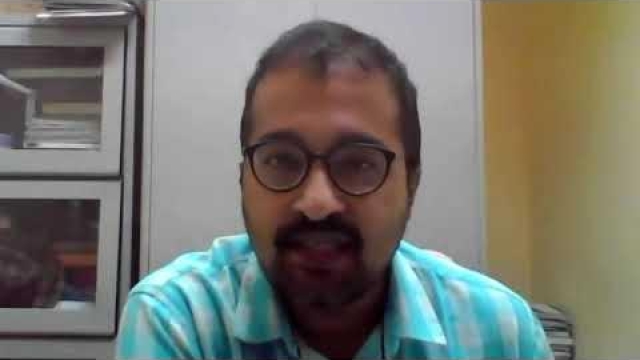
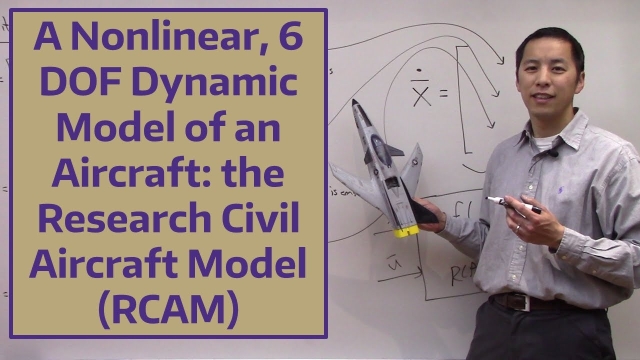
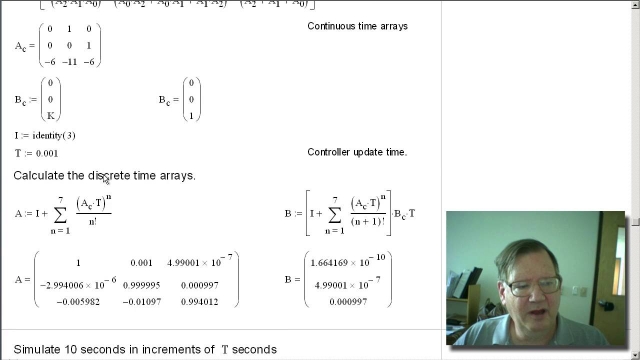
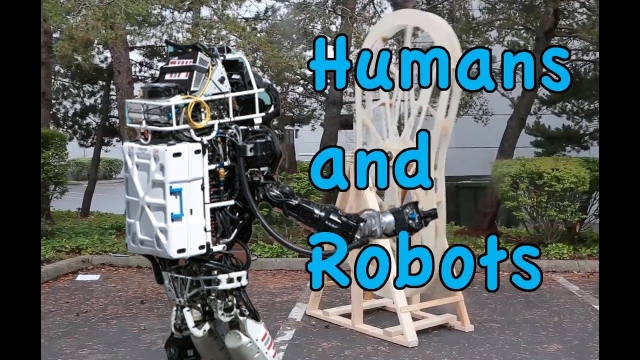
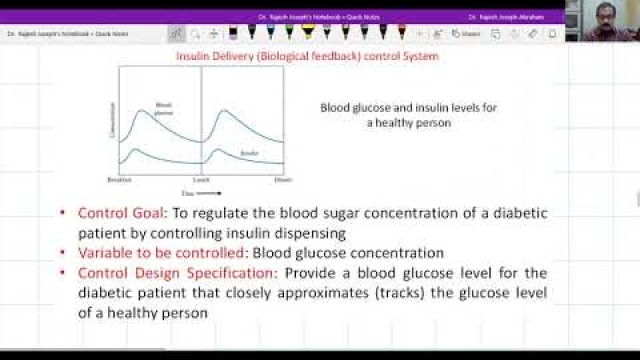
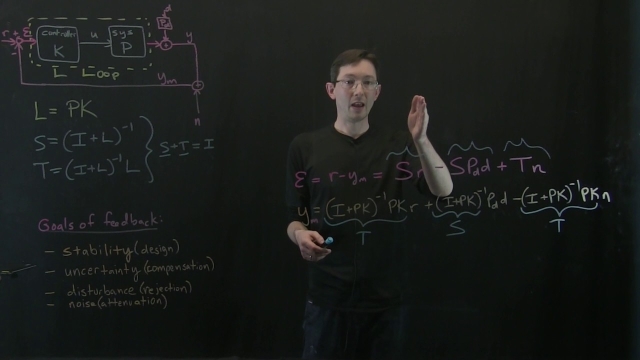
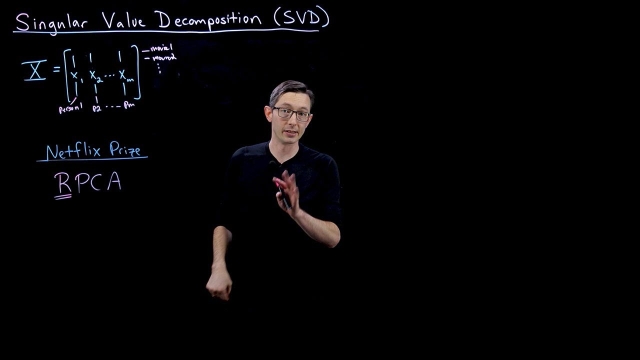
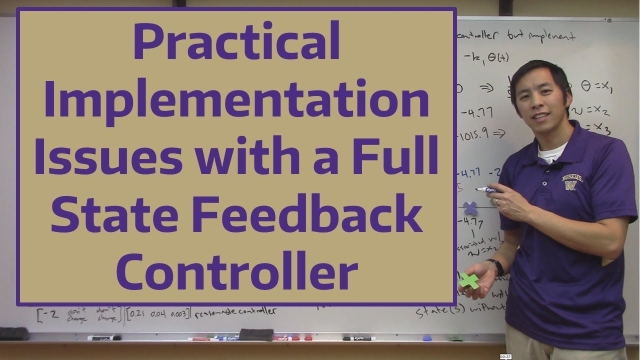

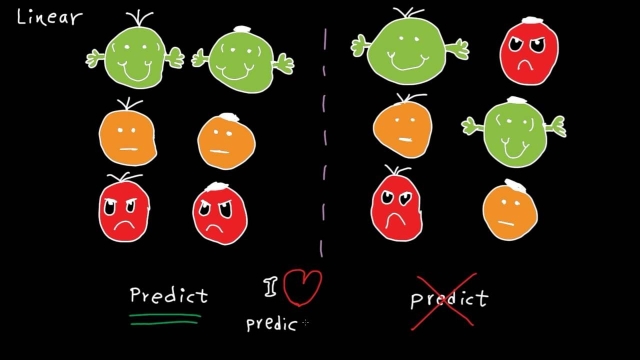
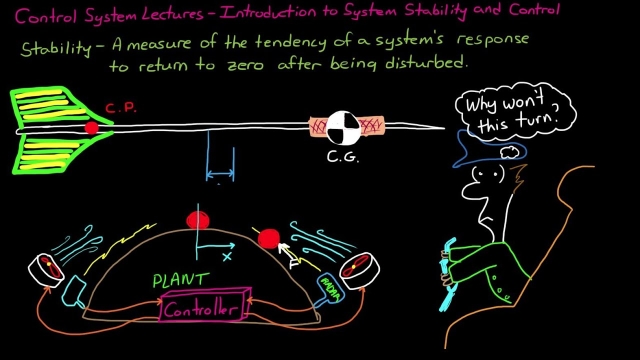
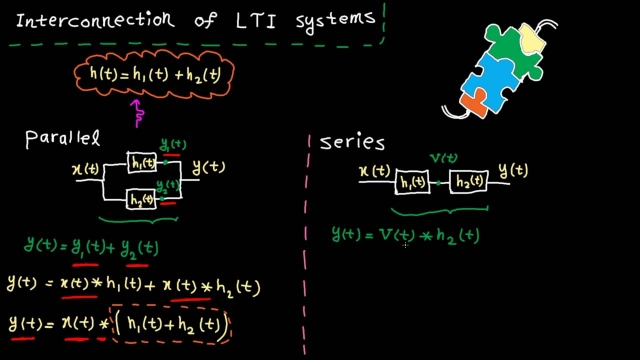
![Controllability, Reachability, and Eigenvalue Placement [Control Bootcamp]](/sites/default/files/styles/search_resulkts/public/2020-12/maxresdefault_304.jpg?itok=qj48C5IZ)
